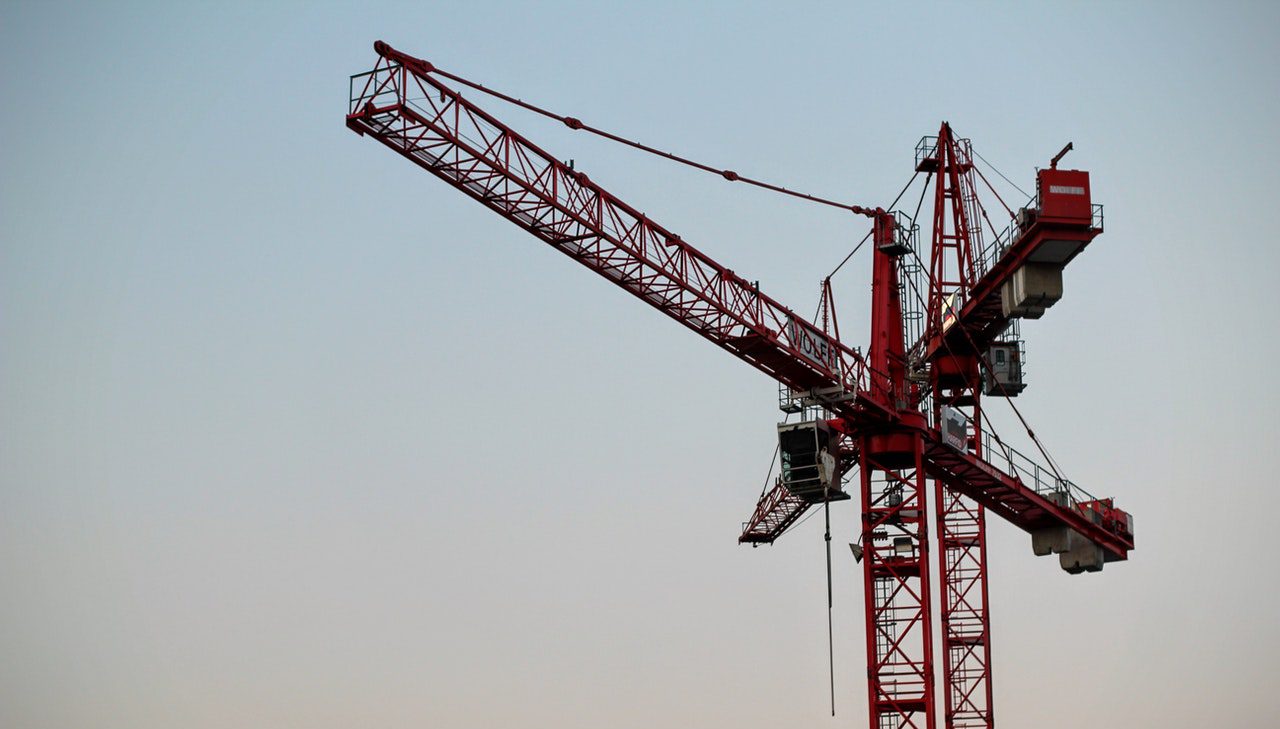Fresh data from parliamentary questions reveals the trajectory of Malta’s construction industry over the past decade, marked by a significant boom in building permits issued, followed by a recent decline. The figures highlight a peak in permits in 2018, with 2,868 issued, dropping to 1,749 by 2024 – a trend that underscores the sector’s evolving challenges.
The Malta Developers Association (MDA) President, Michael Stivala, recently painted a picture of an industry adjusting to a new reality. Between 2020 and 2022, construction costs surged by approximately 33 per cent, driven by global supply chain disruptions, inflationary pressures, and rising material prices. While costs have stabilised since their 2022 peak, they remain 33.9 per cent higher than 2020 levels, creating a persistent hurdle for developers.
The decline in permits is further compounded by bureaucratic inefficiencies and workforce shortages. The Planning Authority’s decision to extend the validity of permits issued in 2019 until 2029 reflects these structural challenges. Mr Stivala points to delays in processing work permits for foreign labour as a critical bottleneck, exacerbating labour shortages and stalling projects. “Excessive red tape remains a significant barrier,” he says, calling for streamlined administrative procedures to revive the sector’s agility.
Another concerning trend is the drop in plot sales, though Mr Stivala cautions against interpreting this as a sign of exhausted developable land. Instead, he attributes the decline to market saturation in certain areas, shifting investor sentiment, and heightened caution amid current economic dynamics. Opportunities for growth, he argues, lie in underutilised zones and regions ripe for regeneration—provided bureaucratic hurdles are addressed.
The combination of elevated construction costs, tighter financing, and declining permits suggests Malta’s construction sector is not poised for a traditional rebound. Instead, it may transition into a leaner, more strategic industry.
As Mr Stivala notes, the path to recovery hinges on policy reforms, technological adoption, and efficient resource management. Whether this marks a temporary downturn or a lasting transformation will depend on how swiftly and effectively the sector adapts to this “new normal.”
The recent parliamentary questions reveals significant trends in Malta’s construction sector over the past decade, particularly in the localities of San Ġwann, Msida, and Gżira.
Between 2013 and 2018, the number of building permits issued saw a steady and substantial increase, reflecting the industry’s boom during this period. For instance, permits in San Ġwann rose from 67 in 2013 to 224 in 2018, while Msida and Gżira followed a similar trajectory, peaking at 214 and 224 permits, respectively, in the same year.
This surge aligns with broader economic growth and heightened real estate demand in Malta during the mid-2010s, driven by factors such as foreign investment, a thriving tourism sector, and government incentives for development.
However, the data also highlights a notable decline in permits issued after 2018. By 2023, the numbers had dropped to 115 in San Ġwann, 137 in Msida, and 115 in Gżira, a reduction of nearly 50 per cent compared to the 2018 peak. This downward trend continued into 2024, with only marginal improvements.
The decline mirrors the challenges outlined by Malta Developers Association (MDA) President Michael Stivala, including rising construction costs, bureaucratic delays, and workforce shortages. The extension of permit validity by the Planning Authority suggests that developers are struggling to initiate projects within the original timelines, further indicating stagnation in the sector.
Interestingly, the permit figures for San Ġwann and Gzira are identical each year, while Msida’s numbers diverge slightly, particularly in 2015 and 2023. This could imply shared regulatory or market conditions between San Ġwann and Gżira, or potential data reporting quirks. The overall trend, however, underscores a broader shift in Malta’s construction landscape, from rapid expansion to a more constrained environment shaped by economic pressures and logistical hurdles.
European businesses pull back from China amid fierce competition and weak demand
Nearly three-quarters of surveyed companies said it has become increasingly difficult to operate in the Chinese market
EU considers extending flight delay thresholds
The idea has met strong resistance from several member states
FinanceMalta presents Maltese fintech sector at Europe’s top financial conference
'We’re presenting a snapshot of a dynamic, future-focused ecosystem'






